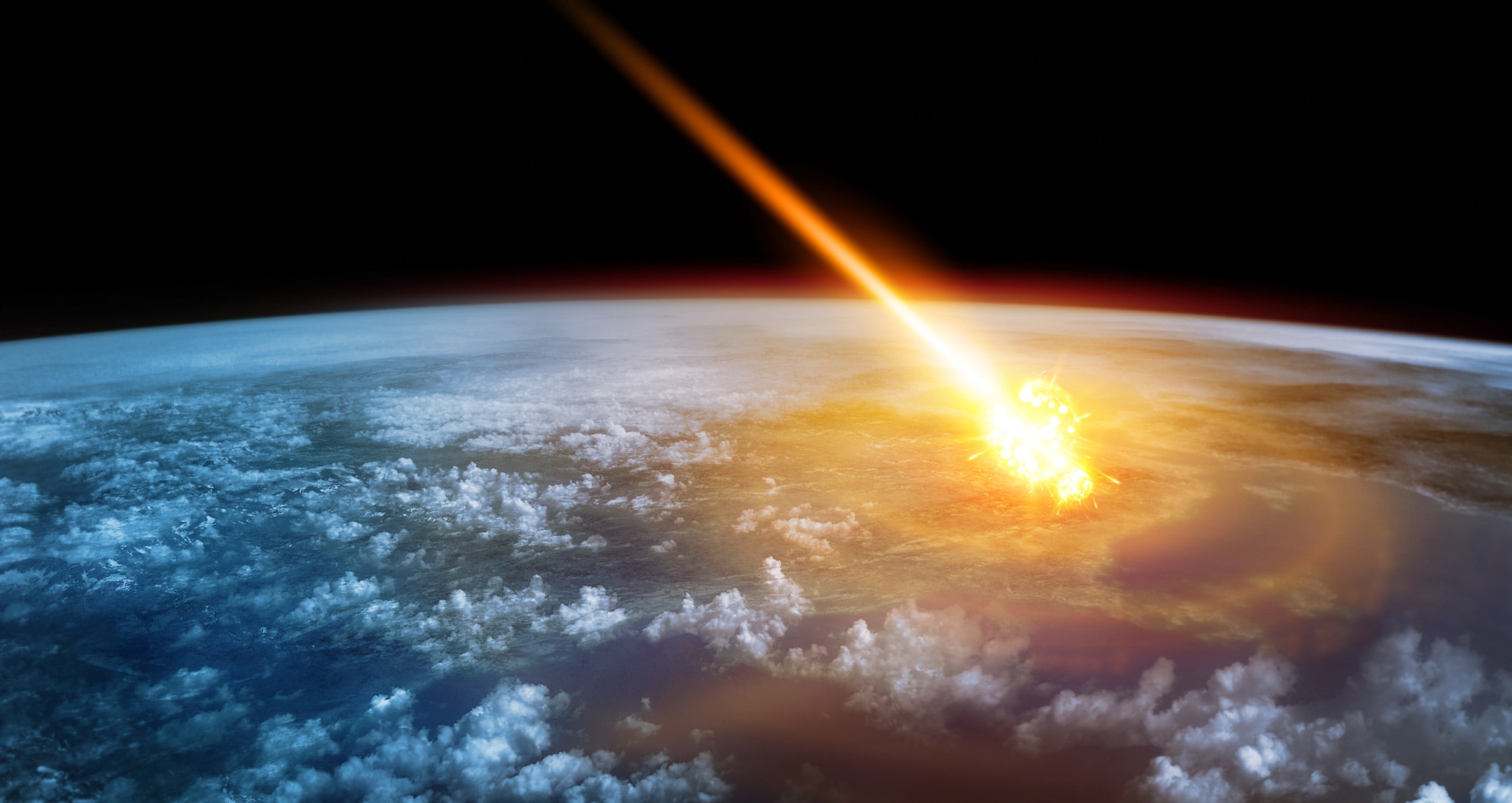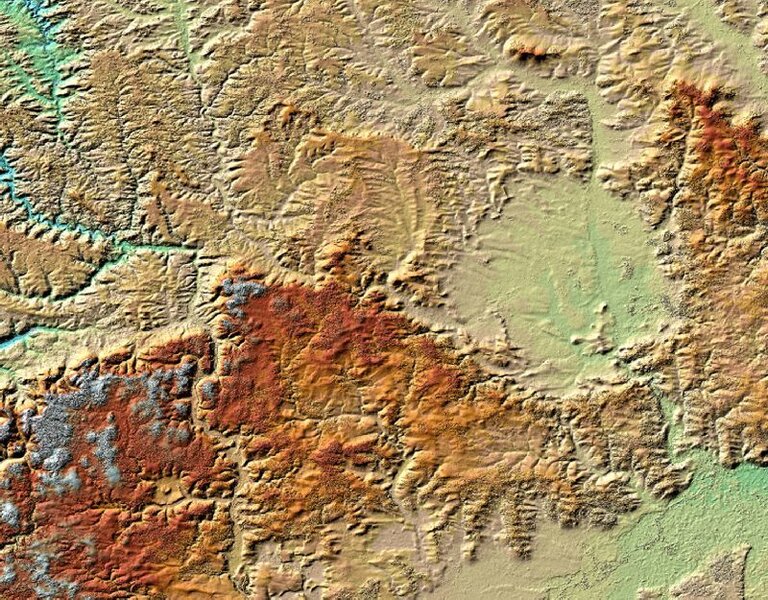Create a free profile to get unlimited access to exclusive videos, sweepstakes, and more!
A town with impact: Nördlingen, Germany sits in the floor of a huge impact crater

Normally, if you had a huge asteroid impact in the middle of a town it would be an unspeakable tragedy.
But what if you have a town in the middle of a huge asteroid impact?
… and, to be clear, the asteroid impact was 15 million years ago?
Why, then you'd have Nördlingen, Germany. And the actual situation is a little more clear when you look at an image of the area taken by the ESA's Copernicus Sentinel-2 Earth-observing satellite:
Yeah, it's still not hugely obvious is it? But look at the line of trees along the bottom; see how they curve? If you follow the circle around you can see more trees at the top along that same curve: They trace the rim of the impact crater! This image is about 37 km across, so you can see this was a big impact: The crater was originally about 24 kilometers across.
Good thing it happened so long ago. Radioactive isotope dating gives an age of 14.8 million years for the crater — now called Ries crater — and it's been heavily eroded in the intervening time. The rim only rises about 100 – 150 meters above the floor now; most likely the rim has eroded and the floor has been raised by flooding, glaciation, and so on. You could be inside the crater and not even know it!
In fact for a long time it was thought Ries was a volcanic crater, but then in the 1960s rocks were found that clearly showed impact origin. These rocks are called suevites, and they're breccias, which means rocks with lots of smaller bits that have been cemented together by some process. In this case the suevites were formed when something from space came a-calling… hard. The vast force of the impact created a shock wave that physically changed the rocks underneath, forming the suevites.
Not only that, but carbon in the form of graphite was abundant in this area, too. The pressure of the impact actually changed the graphite, compressing it into diamond. Yes, seriously: Tens of thousands of tons of diamonds were created in the impact, mostly as very tiny crystals. These are embedded in the local rocks, some of which were used to make buildings. So, quite literally, some of the structures in Nördlingen are made of precious stones!
Nördlingen sits near the southwest rim of the crater, and has a population of roughly 20,000 people. It may be a small town, but it has a very big history.
This story gets even cooler, if you can imagine. Not too far from Nördlingen is Steinheim am Albuch, an area that also is home to an impact crater. It's a little over 40 kilometers to the southwest, and the crater is much smaller, about 4 km across. It's also the same age as Ries! The two must have formed together, and that means the culprit was not just an asteroid, but an asteroid with a moon.
Asteroids can have moons just like planets do (the asteroid Kleopatra has at least two moons, for example). The rock that hit to create Ries crater was probably about 1.5 kilometers across, and it had a moon 150 meters as well that hit in Steinheim, creating the smaller crater. Models indicate the asteroids impacted at a speed of 70,000 kilometers per hour, and released as much energy as millions of atomic bombs when they hit. Yikes.
One last thing. Usually, big impacts like this create a big crater, and material blasted out settles down around the crater forming what's called an apron, sometimes with long rays extending away in all directions. But Ries isn't like that; it's what's called a rampart crater, with huge lobes of material surrounding it indicating material flowed away. We see these on Mars, when the impact melts ice under the surface and creates huge mud flows, but this is very rare on Earth.
That's pretty nifty scientifically, and very useful to scientists since they like to do comparative planetology, literally comparing features and forces on one planet to another. What made me laugh about this, though, is that a scientific paper showing that Ries is a rampart crater compares it to a very similar crater on Mars… called Steinheim.
Ach du Lieber! How confusing.
By the way, the University of Brunswick's Planetary and Space Science Center hosts the very nice Earth Impacts Database, and you can find more about Ries and other craters there. It's fascinating to see how many impact scars the Earth boasts… especially knowing that the vast, vast majority of them throughout history are gone, erased by erosion and plate tectonics.
And now that we have space travel, and provided we are wise enough to protect ourselves, perhaps no more like them will be made for a long, long time. If ever.




























